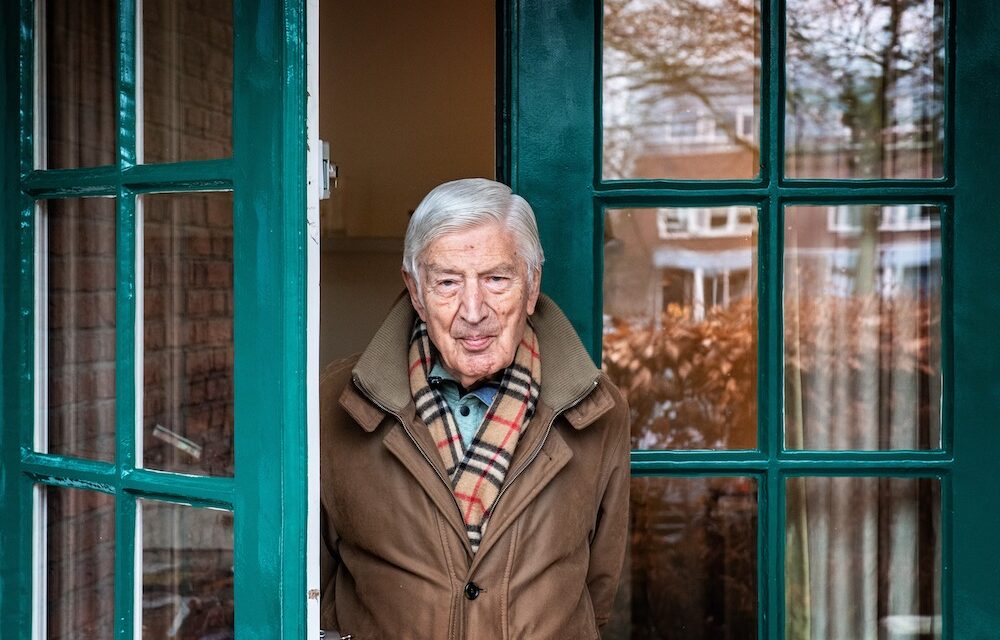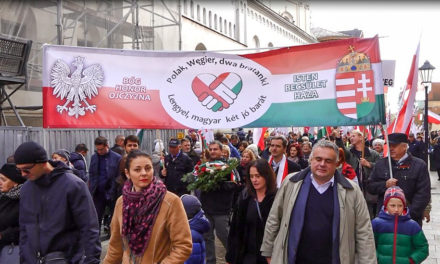Fashion death or universal human right? In any case, it is quite unlikely that the state of health of two people, or more precisely its becoming unbearable, coincides so much.
Former Dutch Prime Minister Dries van Agt and his wife of the same age died at the age of 93, both of whom underwent euthanasia, announced The Rights Forum, a non-profit human rights organization founded by Van Agt. According to the statement, the ex-prime minister died holding hands with Eugenie van Agt-Krekelberg, who supported him for more than seventy years, leaving behind three children, several grandchildren and great-grandchildren.
The couple reportedly had long-standing health problems, with Van Agt suffering a stroke during a speech at a Palestinian memorial in 2019 and never fully recovering. For this reason, among others, they could choose "merciful death", which has been allowed in the Netherlands for more than two decades.
Also extended to children
As you know, in 2002 the Netherlands was the first in the world to legalize euthanasia under strict conditions. According to this, euthanasia can only be requested in a clear state of mind, able to act, repeatedly, free of external influence and in writing, if the applicant suffers from a serious and incurable disease whose physical or psychological symptoms cannot be alleviated medically. Euthanasia must be performed by two doctors, none of whom can be family members of the patient.
In 2023, the possibility of a license was extended to children aged 1–12
There were already guidelines for the euthanasia of children under the age of one, while the general regulations applied to children over the age of 12. Last year, based on the previous year's proposal by Health Minister Ernst Kuipers, politician of the left-wing Liberal Party of the Democrats of 66 (D66), the Dutch government authorized the execution of euthanasia in the mentioned age group as well, in the case of children whose suffering is unbearable and there is no hope for their condition to improve. and in cases where even palliative care cannot alleviate their pain.
With this, the Netherlands joined Belgium , which also legalized euthanasia in 2002, and since 2014 has provided the possibility in principle for a child of any age to die with medical assistance. It is true that there is some difference between the two regulations, because Belgium actually only abolished the minimum age for the right to voluntary euthanasia.
At the same time, euthanasia, which can only be used on adults, is also possible in other European countries, such as in Luxembourg since 2008, in Spain since 2021, and in Switzerland - where foreigners can also apply -, Germany, Austria and Finland under certain special circumstances.
Increasing numbers, more and more couples
a report by the Dutch Regional Euthanasia Review Committee (RTE) , the proportion of deaths reported in this way in 2022 was 5.1 percent of all deaths in the Netherlands; this is slightly more than the 4.5 percent figure for 2021. In most cases, cancer patients applied for the procedure, compared to previous years, more people, 288, applied for permission for dementia. The latter is a particularly sensitive topic, since beyond a certain point the applicant can no longer be considered eligible, so eligibility must be clarified "in advance" with the involvement of doctors.
The report also reveals that in 2022, 379 elderly people with complex illnesses requested euthanasia;
this is a 23 percent increase compared to 2021.
Of the nearly four hundred elderly applicants, 58 were members of couples who, like Van Agt and his wife, intended to die together. In such cases, according to the protocol, both parties must consult a different counselor and doctor, and both must fully meet the necessary conditions.
In the case of couples, this was the record so far, which of course raises questions from the opponents of euthanasia. From Kevin Yuill, head of the Humanists Against Assisted Suicide and Euthanasia association, told :
"It's highly unlikely that two people's health conditions would coincide so closely."
In 2022, 115 cases of euthanasia were performed in the Netherlands for people with severe psychiatric illness, approximately the same number as in 2021.
There is also data from neighboring Belgium: in 2003, euthanasia took place in the country 235 times, and in 2022, 2,966 times, which is 2.5 percent of all deaths. The largest group consisted of people between the ages of 80 and 89, there is no news of an intervention performed at a young age.
Of the nearly 3,000 cases, approximately 500 were not expected to die in the foreseeable future, 41 of them had a cognitive impairment, 24 referred to a psychiatric disorder, and some to a chronic but non-fatal illness, such as arthritis.
The latter clearly shows the progress of the argument most often put forward against euthanasia, the so-called "slippery slope" phenomenon. The essence of this is that if we take the first step, i.e. the law allows the doctor to shorten the life of a patient suffering from an incurable disease - at his own request - what is the guarantee that the barrier will not be broken and that similar procedures will not be performed next time? euthanasia on people who are incapacitated, but would not request this of their own free will, or others may consider that
their treatment and care is a burden for family members or society.
Featured Image: Bert Beelen / Hollandse Hoogte / ANP












